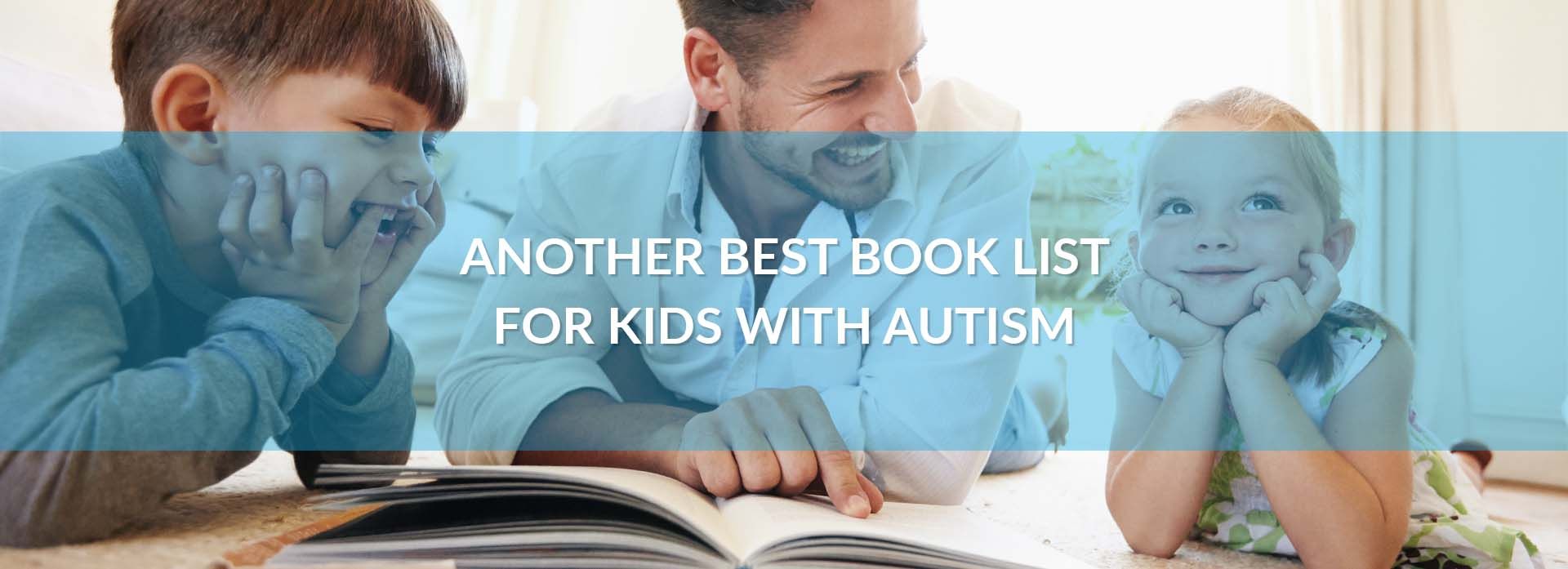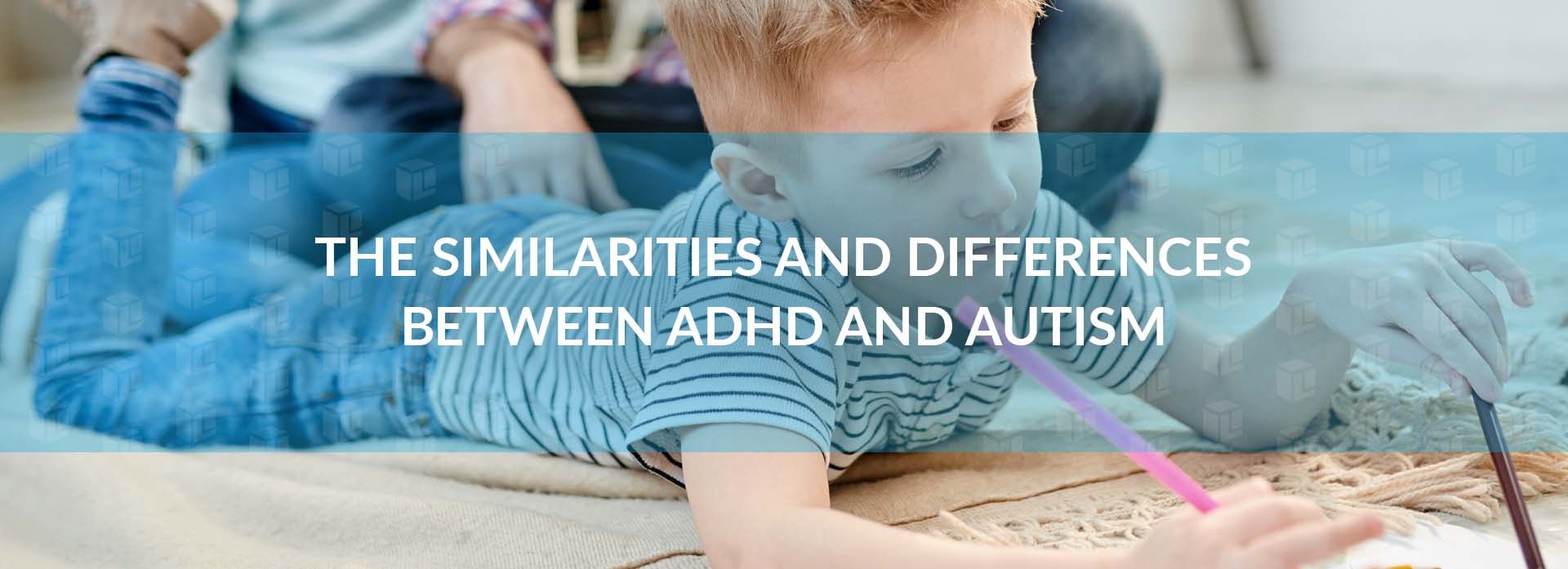5 Additional Books for Children with Special Needs
Books are a fantastic tool to transport the reader into a new worl
maratonky obuv cris cros nike shoes 90s millenium erima tennis shirt oksfordke cipele trajes de flamenca color μπλουζεσ με ενα ωμο τοι μοι ronnie fieg adidas fyw s 97 zara paitatakki Finland nike rn cmtr euro 3 moto amazon kledingkast Belgium finnish sauna heater België sudadera mujer granate cuscino riscaldante per cervicale amazon anoraque preto Portugal
d, show a unique perspective, or even teach someone a little more about themselves. When a character is relatable, we become more drawn to their adventure and find pieces of ourselves in them.

Children with autism may find this connection while reading specific stories. Characters who face the same challenges they do and resolve them can act as a learning tool for them to face their own daily challenges. Common challenges such as emotions, social interactions, or just learning what autism is can be narrated in a book for children with autism, their siblings, friends, or parents.
In the past, Lexington has offered some great book choices for children of all ages who have autism. Here are five more books to add to the growing collection

Hello Roar, Little Dinosaur by Hazel Reeves
Meet Roar, a cute little dinosaur who does things a bit differently from the rest of her friends and family. But she is brave and strong and knows it is okay to do something a bit different. This book is excellent for ages 3-8 and was written to help children with high-functioning autism. It is the perfect book for everyone to celebrate the strength of children with autism.
Andy and His Yellow Frisbee by Mary Thompson
Andy is a boy with autism and is fascinated by things in motion, like his yellow frisbee. A classmate notices Andy and his frisbee and becomes curious and his behavior. Meanwhile, his protective older sister sees the classmate’s curiosity. She does her best to explain Andy, his autism, and her perspective as his sibling. This book is suitable for children ages 5-8.
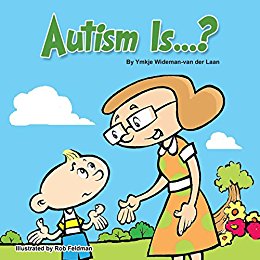 Autism is…? by Ymkje Wideman-van der Laan
Autism is…? by Ymkje Wideman-van der Laan
Explaining the term autism to a young child can prove difficult, but this illustrated book can make the task easier. The book is about an autistic child named Logan who overhears his grandma speaking to a friend about him and mentions he has autism. So, he asks her, “Autism is…?” and she provides an answer in a beautifully illustrated story. This book is recommended for children ages 5-8 and provides a positive explanation of what can seem like a complicated answer.
Everyone is Different by Fiona Bleach
When a family member is diagnosed with autism, everyone in the family will have questions. Siblings especially may appear puzzled at the behaviors of their brother or sister. “Everyone is Different” aims to answer those questions about autism and identify characteristics and behaviors for siblings to become aware of when spending time with their brother or sister. The book is excellent for ages nine and up as it gives warm illustrations and simple terms
The Asperger Children’s Toolkit by Francis Musgrave
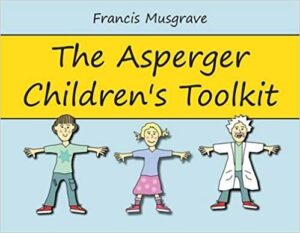
Toolkits and learning guides are some of the best ways to handle complicated challenges, especially for young children. “The Asperger Children’s Toolkit” is a guide with lovable characters who walk children with autism through some tough situations like:
- anxiety
- negative thinking
- sensory overload
- emotions, friendship
- trust
- social situations
This toolkit also comes with cutout tools that can be done with a parent, caregiver, or teacher. Together with the guide, children will learn how to cope with areas of difficulty, learn about their own strengths and celebrate along the way. They will also learn other practical skills such as online browsing safety, social networking, and how to text message safely. For ages 6-12, this guide is fun, original, and highly interactive.
Check out more books for children with autism here and here in our blogs. We have books listed for all ages!
Lexington has a Library!
For a fun library experience, Lexington Services is happy to share the opening of their own library located on Gilbert Road in Mesa, Arizona to the Lexington community. This quaint library is run by the Transition to Employment segment of Lexington Services. The librarian Stephanie, is one of our very own members and is a sweet aspiring librarian-to-be who put together a reasonable sum of the library. There are books for many genres of reading and more to come.
While visiting, don’t forget to pick up a beautiful, handmade bookmark for your new books and to grab some coffee or hot chocolate for $1. Come by and support your local Lexington library on Monday, Wednesday, or Friday from 1 pm to 5 pm. See you soon!
Follow us!
Instagram.com/LexingtonServices
LinkedIn.com/LexingtonServices



 Improved Self-Confidence and Self-Esteem
Improved Self-Confidence and Self-Esteem


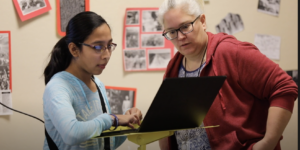



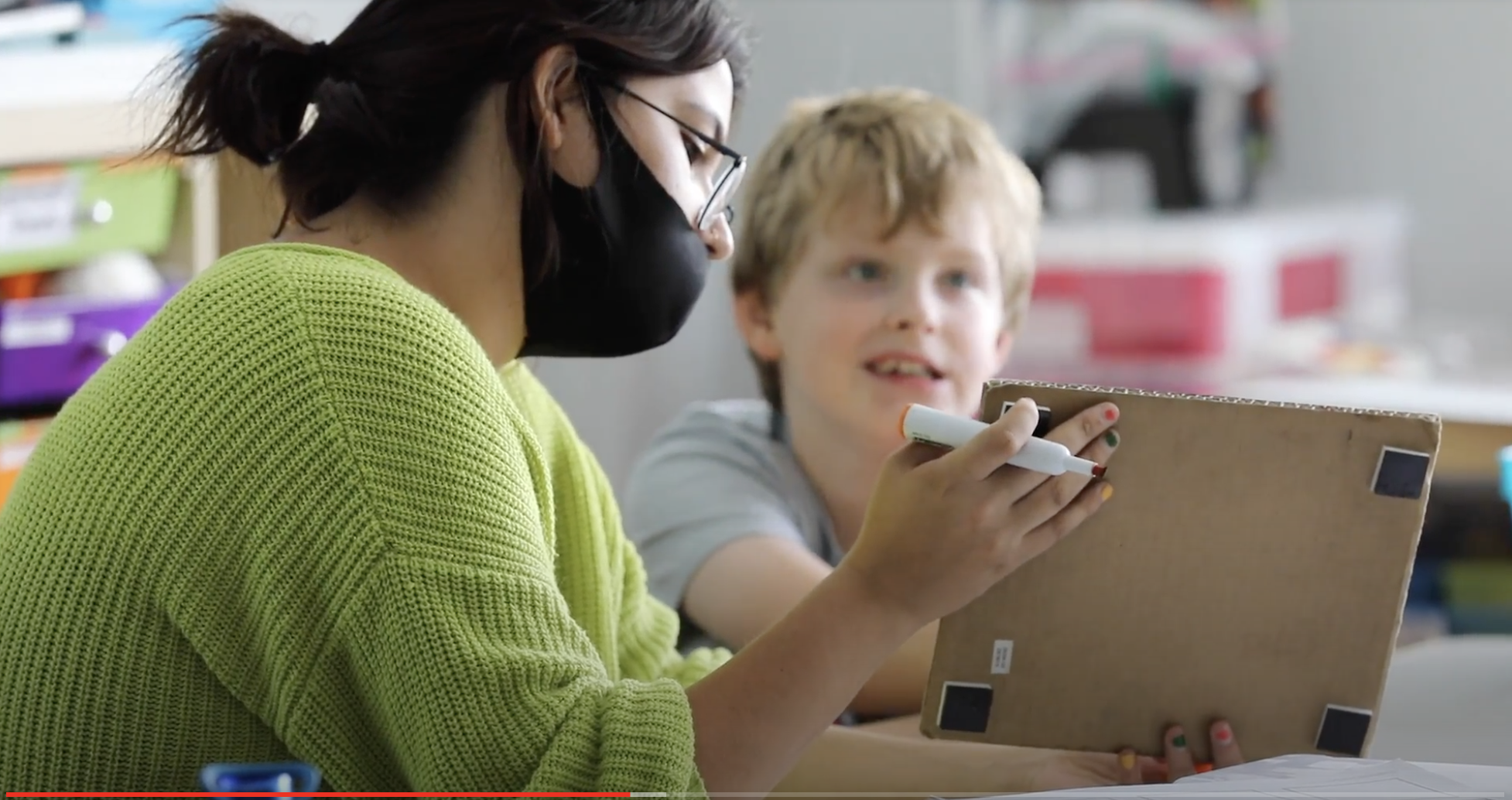

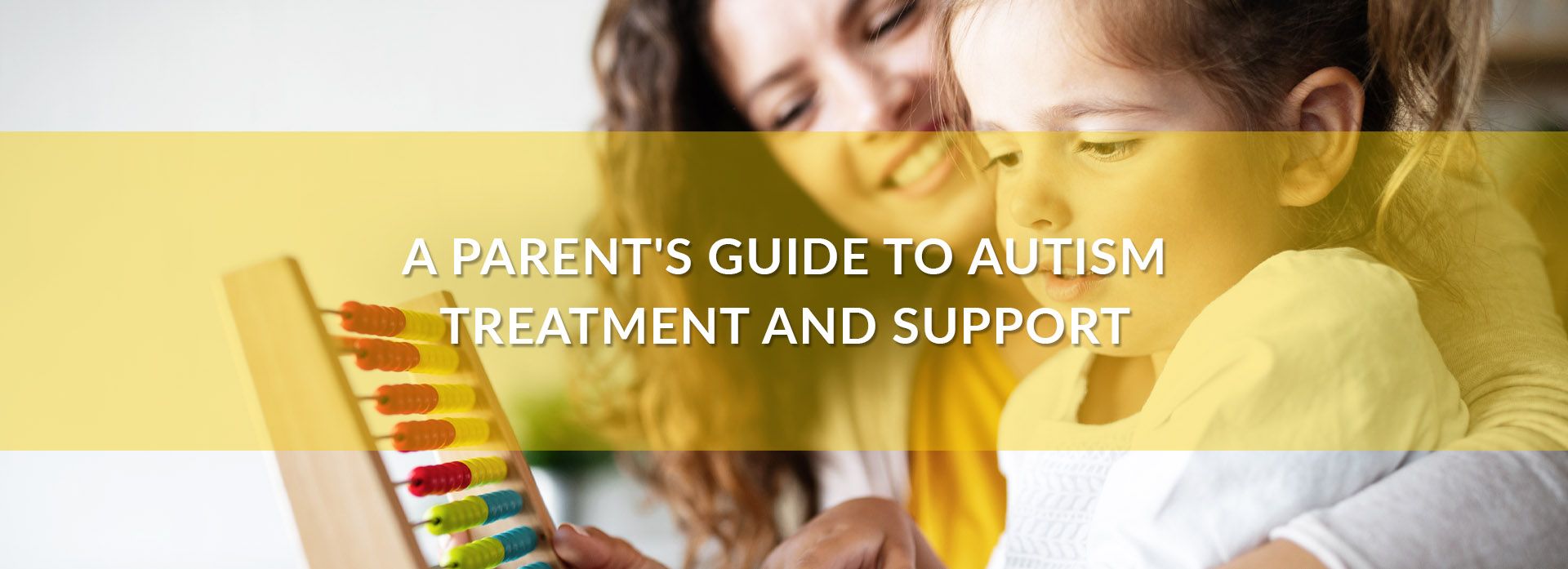
 If you are learning your child has autism, figuring out your next steps may seem complicated. No one is prepared to hear their child is anything but happy and healthy, and hearing Autism Spectrum Disorder can come across as frightening, so let’s define it.
If you are learning your child has autism, figuring out your next steps may seem complicated. No one is prepared to hear their child is anything but happy and healthy, and hearing Autism Spectrum Disorder can come across as frightening, so let’s define it.










